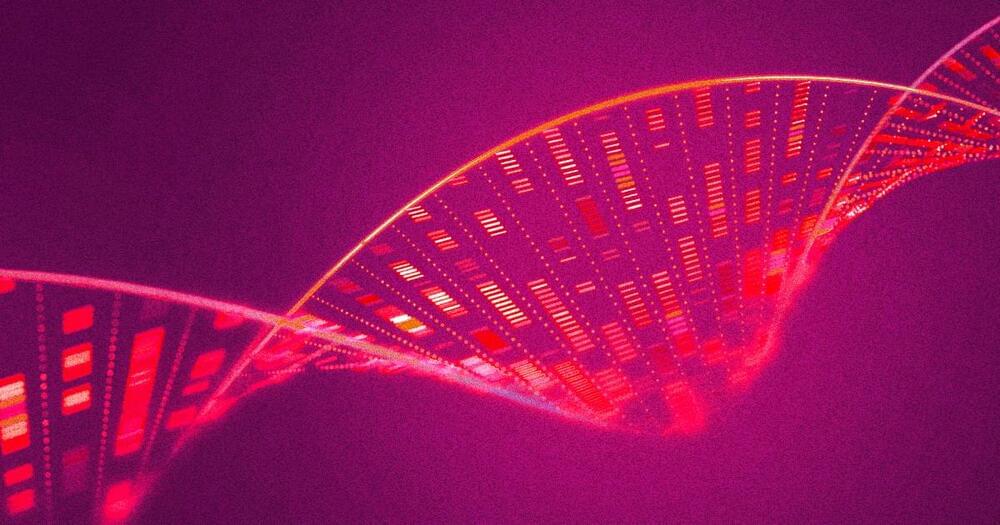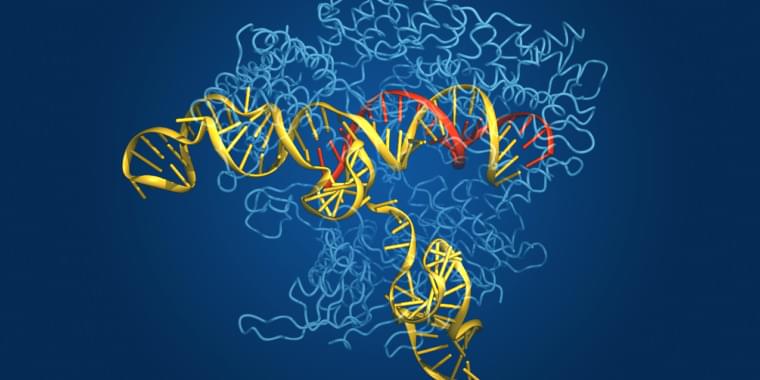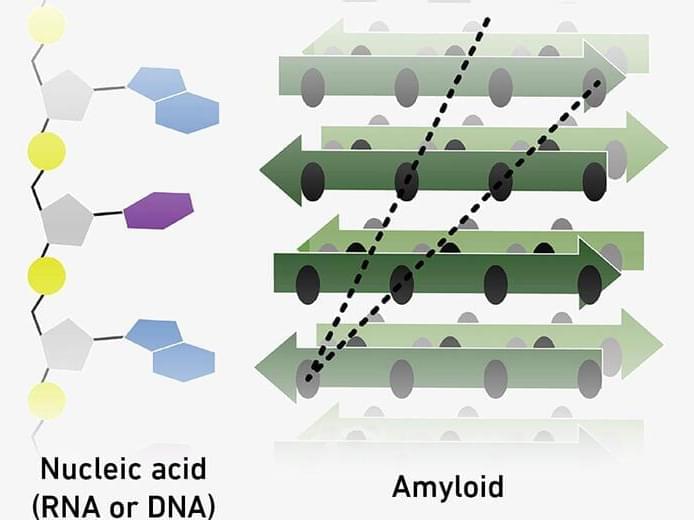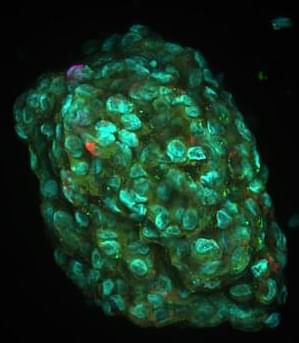On the internet, nothing is safe — not even your DNA, apparently.
That’s the dystopian lesson from the commercial genetic testing company 23andMe, which disclosed on Friday in a regulatory filing that hackers managed to access information on about 14,000 users or 0.1 percent of its customer user base.
But the problem goes beyond this relatively small number of people. Because the website allows users to share DNA information with other users in order to find relatives, the true number impacted is orders of magnitude larger — with about 6.9 million customers having their personal information compromised, according to TechCrunch. Big yikes on that figure, because it affects something like half of the 14 million users at 23andMe.







